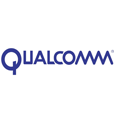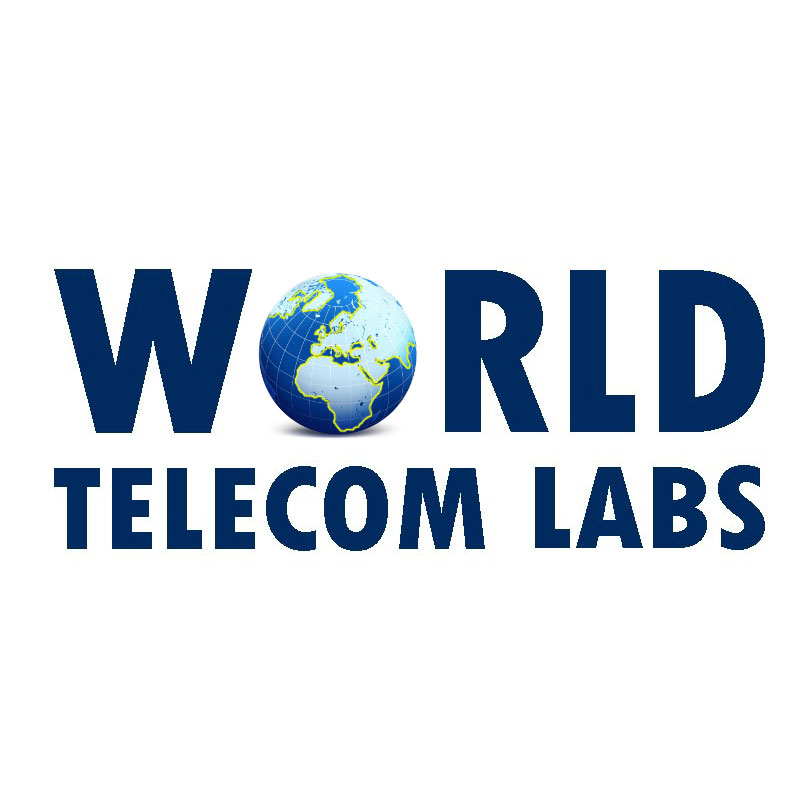 West Africa has emerged as the mobile money market’s new powerhouse, according to the GSMA.
West Africa has emerged as the mobile money market’s new powerhouse, according to the GSMA.
In a new report backed by the Bill & Melinda Gates Foundation, the industry group found that global cumulative transaction value grew 14% last year to reach a whopping $1.4 trillion.
The GSMA’s State of the Industry Report on Mobile Money came out the same day Ericsson and Juniper Research published a forward-looking one of their own. They predict that digital wallet transaction value will rocket by 80% by 2028.
West Africa – in particular Nigeria, Ghana and Senegal – is the main driver of growth. The GSMA found that in 2023, more than a third of the world’s newly-registered and active 30-day accounts originated from the region.
Operators in West Africa face more competition from non-MNO mobile money providers, the GSMA said, which is helping to drive the overall market.
In Nigeria in particular, according to a separate report from FXC Intelligence, access to digital payment services has expanded from 21.6 percent of adults in 2010 to 70 percent by 2020. The government played an important role here – its central bank began offering mobile money licences in 2011 and has so far issued 21 of them.
Last year, Nigeria stepped up efforts to promote cashless payments and reduce transaction fees by launching its own domestic card service to compete with Visa and Mastercard.
“Over the years, Sub-Saharan Africa has been a key driver of mobile money’s success, home to almost three-quarters of the world’s accounts,” said GSMA director general Mats Granryd, in the report. “In the past 10 years, West Africa has emerged as a key player with the number of registered mobile money accounts doubling between 2013 and 2023.”
During those 10 years, countries with mobile money services added an estimated $600 billion to their combined GDP, $150 billion of which was in Sub-Saharan Africa.
Zooming out again to look at the global picture, the GSMA said the number of mobile money accounts reached 1.75 billion in 2023, up 12 percent on 2022. The number of active accounts is much smaller, reaching 435 million – a 9 percent year-on-year increase.
The number of adjacent services is also rising steadily.
Nearly half of respondents to a related GSMA survey about the global adoption of mobile financial services said they offered ‘responsible credit’ services in 2023, up from just over 40% in 2022. Similarly, the number of providers offering savings accounts grew to 44% from 39%, while those offering insurance services grew to 23% from 14%.
“Mobile money has demonstrated its potential to transform economies and societies, driving financial inclusion and sustainable development worldwide,” said Ashley Olson Onyango, head of financial inclusion and agritech at GSMA. “As the industry has started to mature, it is also clear that mobile money offers a sound commercial proposition. Between 2022 and 2023 the average revenue per user rose 40 percent, validating the recent investment that the industry has seen.”
The report does highlight several adoption barriers though, the main one being – unsurprisingly – lack of mobile phone ownership. This affects women more than men – globally women are 7 percent less likely than men to own a phone.
Perceived relevance, digital skills, social norms, and trust levels are other hurdles that also need to be vaulted.
“To ensure mobile money remains safe, accessible, and affordable, there is a clear need for governments and regulators to work with financial service providers to launch financial literacy programmes that can empower underserved populations and improve their financial decision-making,” Olson Onyango said.
About the Author(s)
Nick Wood
Nick Wood
Nick is a freelancer who has covered the global telecoms industry for more than 15 years. Areas of expertise include operator strategies; M&As; and emerging technologies, among others. As a freelancer, Nick has contributed news and features for many well-known industry









